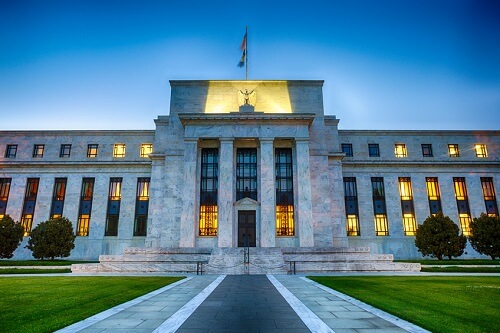Occasionally mortgage rates will move in the opposite direction of short-term interest rates. Here’s why

Part II: I missed your webinar on the secondary markets a few weeks ago. I really am confused as to why rates on home loans do not go up immediately after the Fed raises interest rates. It seems like the moves would go hand-in-hand. Did you go over this topic?
–Jacob from Florida
Last week we spoke about the rates the Fed controls directly, as opposed to longer-term rates such as mortgages. The next question is why would long-term rates move in a different direction or different pace than short term rates? If the Fed moves short-term rates up aggressively to stay ahead of any threat of inflation and the markets feel that the Fed is moving too fast, there may be a danger the economy will slow down. In reaction, long-term rates could move down. In this case, we say that the spread between long-term rates and short-term rates is narrowing, or the yield curve is flattening.
Spreads can also change in other ways. For example, during the financial crisis, the secondary markets for residential loans collapsed. Thus, even though the Fed was pushing short-term rates down, rates on home loans stayed stubbornly high even though other long-term rates fell. In this case, the spread between mortgage rates and Treasuries was widening and the spread between short-term rates and long-term rates becoming wider as well. In response, the Fed started purchasing residential loans and long-term Treasuries to prop up the market and force long-term rates down further – including rates on home loans.
–Dave Hershman
Dave Hershman has been the leading author and a top speaker for the industry for decades with six books authored and hundreds of articles published. His website is www.originationpro.com. If you have a reaction to this commentary or another question you would like answered in this column? Email Dave directly at [email protected].
Related stories:
How the Fed’s decisions affect mortgage rates
The lowdown on assumable loans
–Jacob from Florida
Last week we spoke about the rates the Fed controls directly, as opposed to longer-term rates such as mortgages. The next question is why would long-term rates move in a different direction or different pace than short term rates? If the Fed moves short-term rates up aggressively to stay ahead of any threat of inflation and the markets feel that the Fed is moving too fast, there may be a danger the economy will slow down. In reaction, long-term rates could move down. In this case, we say that the spread between long-term rates and short-term rates is narrowing, or the yield curve is flattening.
Spreads can also change in other ways. For example, during the financial crisis, the secondary markets for residential loans collapsed. Thus, even though the Fed was pushing short-term rates down, rates on home loans stayed stubbornly high even though other long-term rates fell. In this case, the spread between mortgage rates and Treasuries was widening and the spread between short-term rates and long-term rates becoming wider as well. In response, the Fed started purchasing residential loans and long-term Treasuries to prop up the market and force long-term rates down further – including rates on home loans.
–Dave Hershman
Dave Hershman has been the leading author and a top speaker for the industry for decades with six books authored and hundreds of articles published. His website is www.originationpro.com. If you have a reaction to this commentary or another question you would like answered in this column? Email Dave directly at [email protected].
Related stories:
How the Fed’s decisions affect mortgage rates
The lowdown on assumable loans



